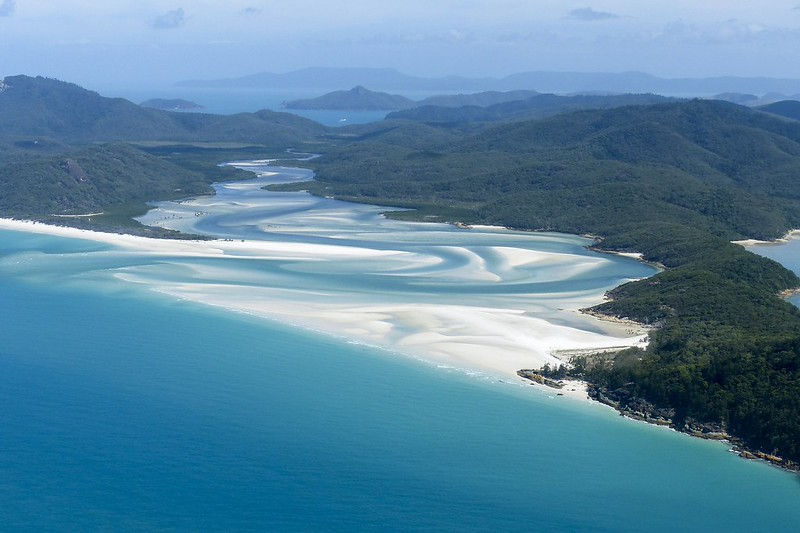Travel Blog - Team Member on Tour in Germany: Archipelago Helgoland
- Sep 7, 2019
- 3 min read
Updated: Sep 9, 2019
Let me introduce myself briefly. I am Inga, a Senior member of the team at Enviroblog.net (https://www.enviroblog.net/contributors), born in Germany and live in Australia for 34 years. Travelling to Europe is therefore on my agenda when possible. I recently returned from a trip to Europe with travel stories to tell. In this blog I will take you to Helgoland - also spelled Heligoland - a small archipelago in the North Sea. Since 1890 it is part of the German State ‘Schleswig Holstein’.
The 520-acre island consists of a level, cliff-girded, red sandstone plateau, called the Oberland (56 metres at its highest point); a smaller, low sandy tract in the southeast, the Unterland, extended by reclamation; and a low sandy island 400 metre east, called Düne. Geological and historical evidence suggest that Helgoland and Düne are the last remnants of a single island whose periphery in AD 800 was about 190 km. Continuous wave attack on the cliffs and a rise in sea level or fall in land level had reduced the island’s periphery to about 13 km by 1649. It has an oceanic climate with mild winter temperatures.


The passenger ship “Fair Lady” left from the city of Bremerhaven towards my destination; the particularly enjoyable way of making the North Sea crossing to Helgoland to see the majestic red cliffs rise up out of the water as we approached our destination. As there are no cars (and thus no exhaust fumes) on the island, Helgoland is an ideal destination for health and wellness holidays and for allergy sufferers, who will benefit from its fresh, virtually pollen-free North Sea air and mild maritime climate.


I can honestly say that one day only on this unique island is definitely not enough as there are so many attractions waiting to be explored. Despite only having the one day available, we made the most of it and nevertheless enjoyed our time tremendously.
Strolling around we discovered plenty of traditional shops offering unique local products. I much enjoyed the atmosphere, and relaxing over a cup of coffee in one of the lovely cafés is practically a must. One pleasant surprise awaited for us shopping on the Island: it is classed as a duty-free zone. Visitors can, therefore, enjoy customs duty and VAT exemptions on various products purchased from the shops.
But most importantly to me: the island has a unique flora and fauna for nature lovers. It holds the only colony in Germany of Common Guillemots, Razorbills, Northern Gannets and Black-legged Kittiwakes. Common Rosefinches are also breeding birds.
Migration can be spectacular on and around the island, including big falls of thrushes, finches or waders. Ducks and geese are passing, waders are resting, passerines are looking for shelter, skuas are chasing all species of gulls and shearwaters are circling on the waves.
Many rarities have been recorded on Helgoland. Some like Rosy Starling, Yellow-browed Warbler or Little Bunting are almost annual visitors, sometimes in good numbers.
The latest addition to the rarity list was a Black-browed Albatross in 2014 and 2015.

Best months for rarities are May and October. Arriving in May I was lucky to see the behaviour of the Northern Gannet, breeding just at the right time for me to observe them for a while; what an amazing experience that was!

In the breeding colonies of the bird cliffs is a constant coming and going. To my surprise, however, the birds barely notice the visitors after a few minutes. Presumably, this is because they have long feared no more attacks by predators. Perched high on the rocks are the grey goose-sized birds sitting on their nests almost side by side.


The Gannets perform their acrobatic “ballet” in front of the enthusiastic Helgoland visitors with fascinating elegance. Not infrequently, they have nesting material in their beaks. In order to precisely control their breeding and resting places in the North Sea wind, they are often in the air for a few seconds, carried by the updraft.


However, they have to share the few suitable nesting sites there with thousands of Common Murres. No wonder that with such strong competition there is a crowded place with almost no space left that is not already occupied. As a result, Northern Gannets have recently been nesting on the small plateau in front of the Lange Anna, the famous landmark of Heligoland (see photo above).

For more information about the Northern Gannets please read : https://en.wikipedia.org/wiki/Northern_gannet
Regrettably, I had to leave those beautiful birds in time to reach my passenger ship back to the mainland. On my next visit to Helgoland I will stay at least overnight to watch their activity at sunset and again at sunrise, when they are most active - so I’ve been told.
Nevertheless it surely was a day to remember. I hope you enjoyed reliving my time on Helgoland with me.
Join me again for reflections and photos from the charming city of Maastricht in Holland.
🕊
REFERENCE
Encyclopedia britannica, 2019 (viewed 5.9.2019)
Tourism.de (viewed 5.9.2019)






Comments